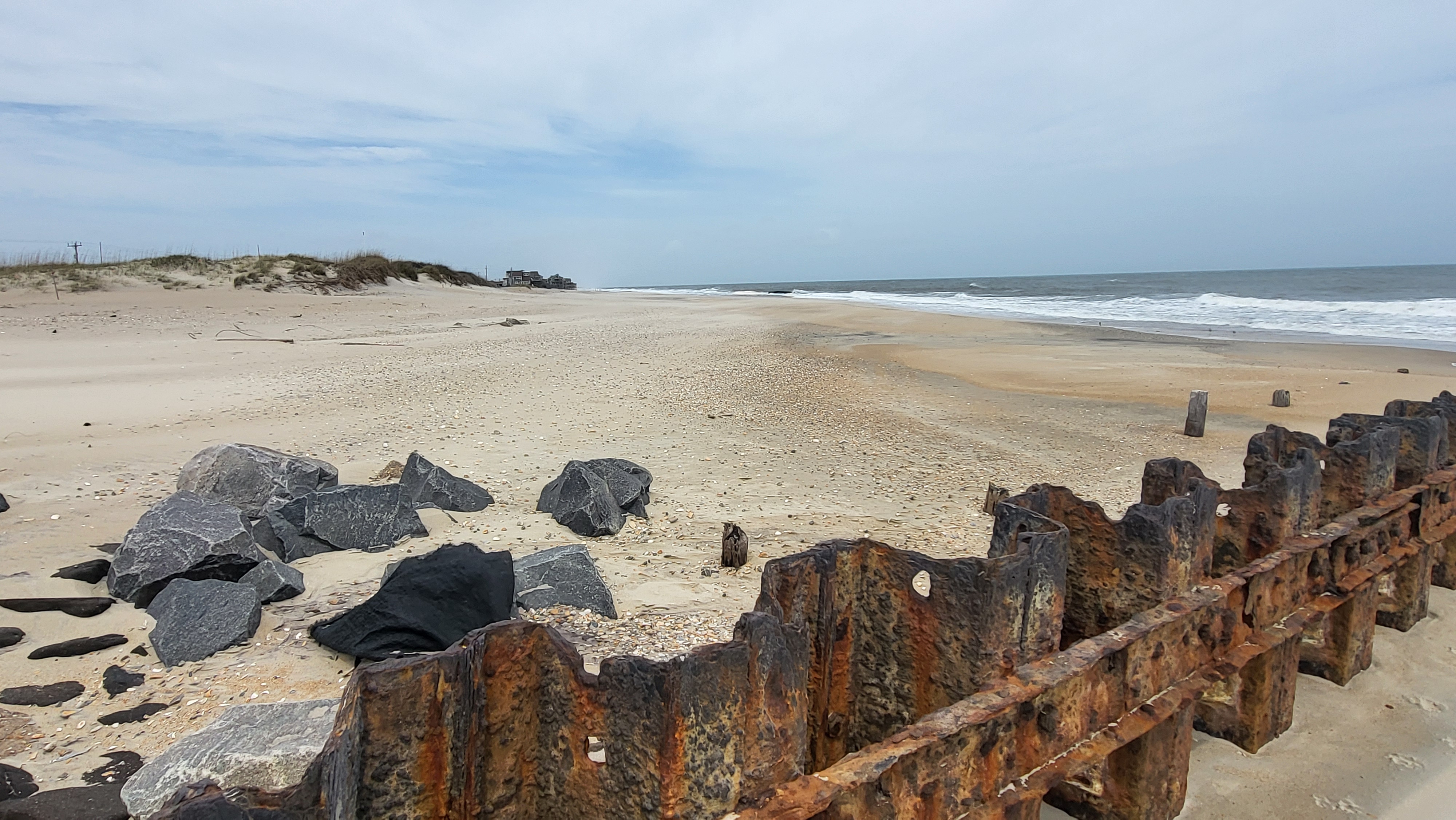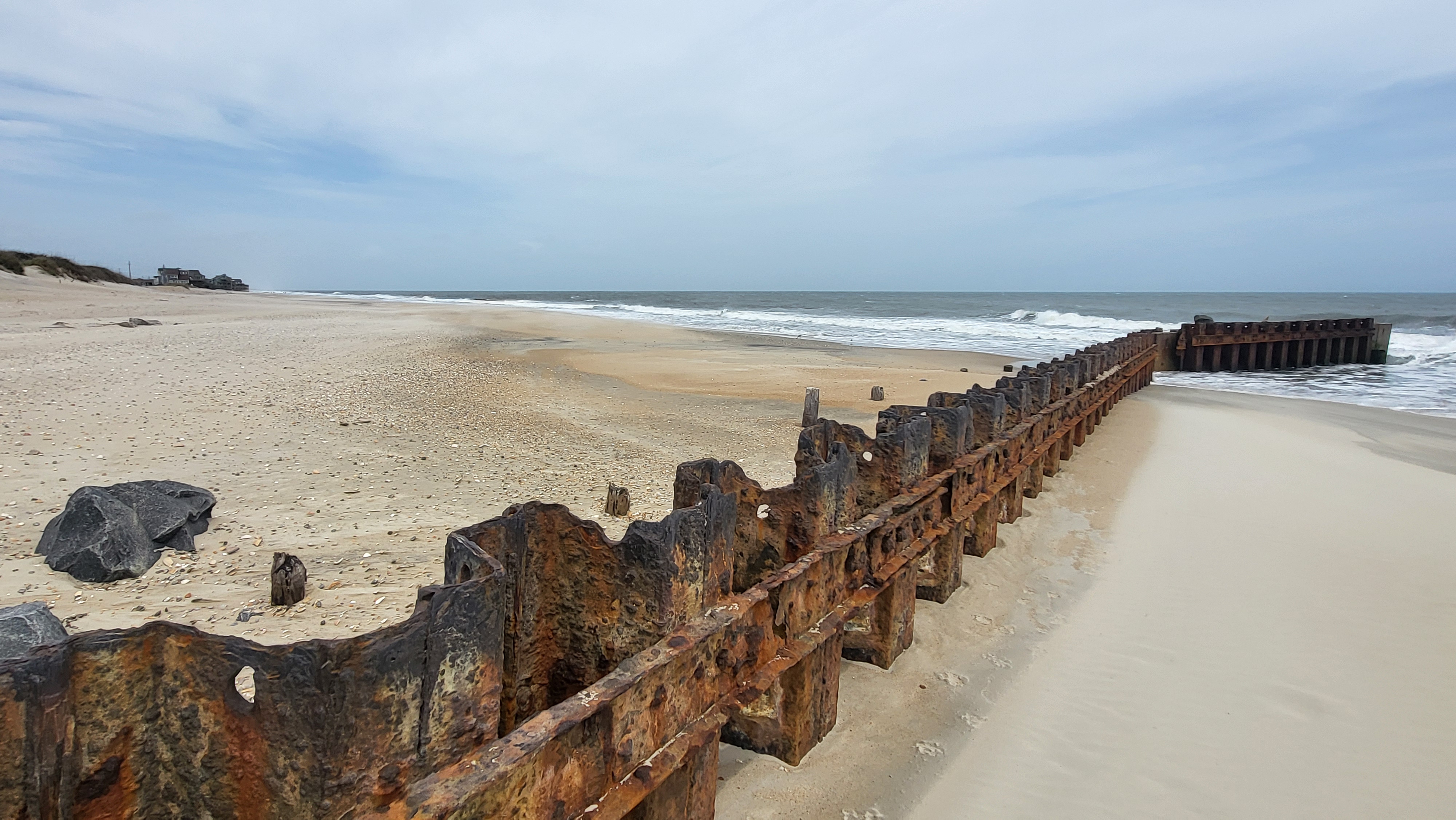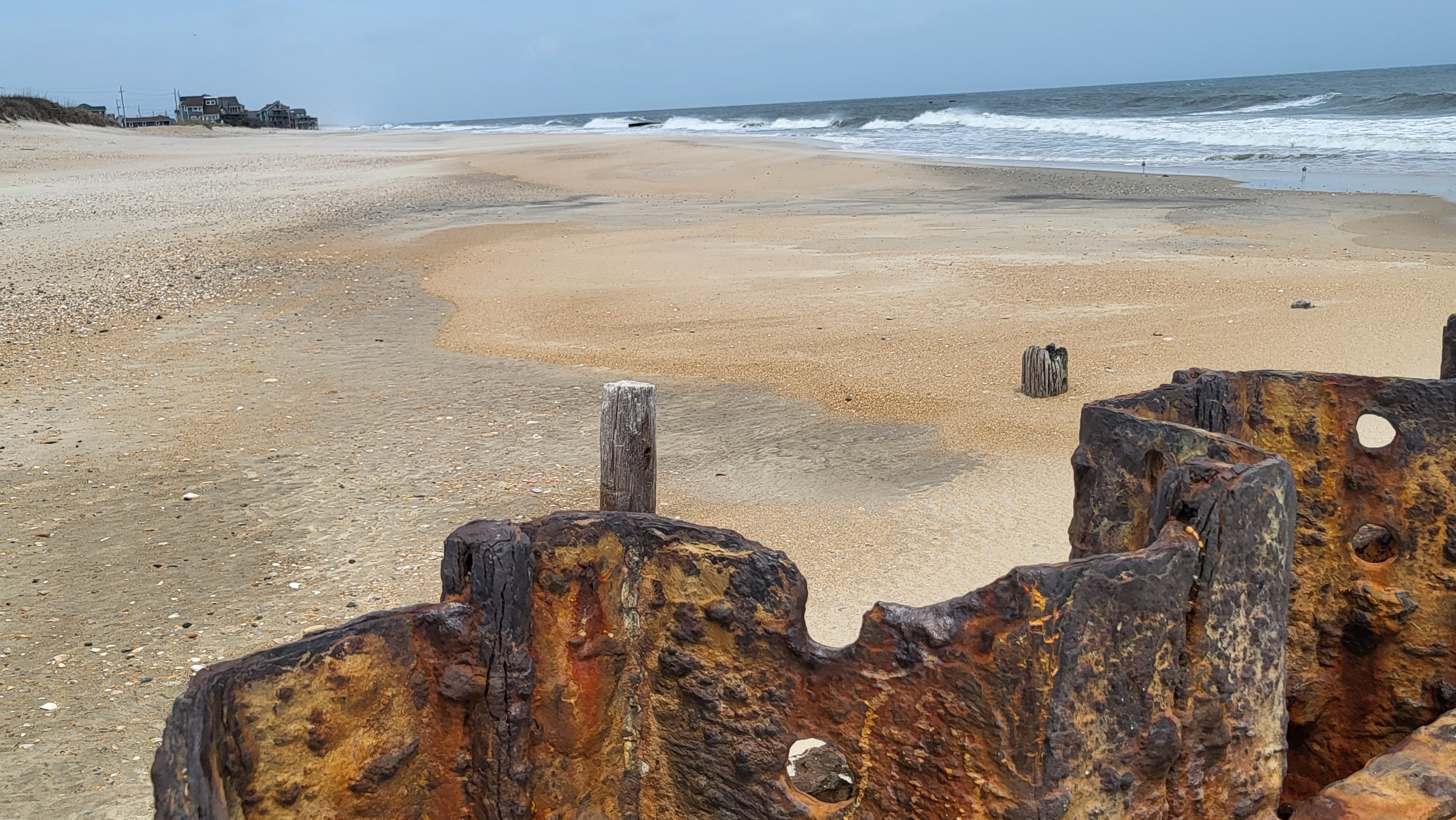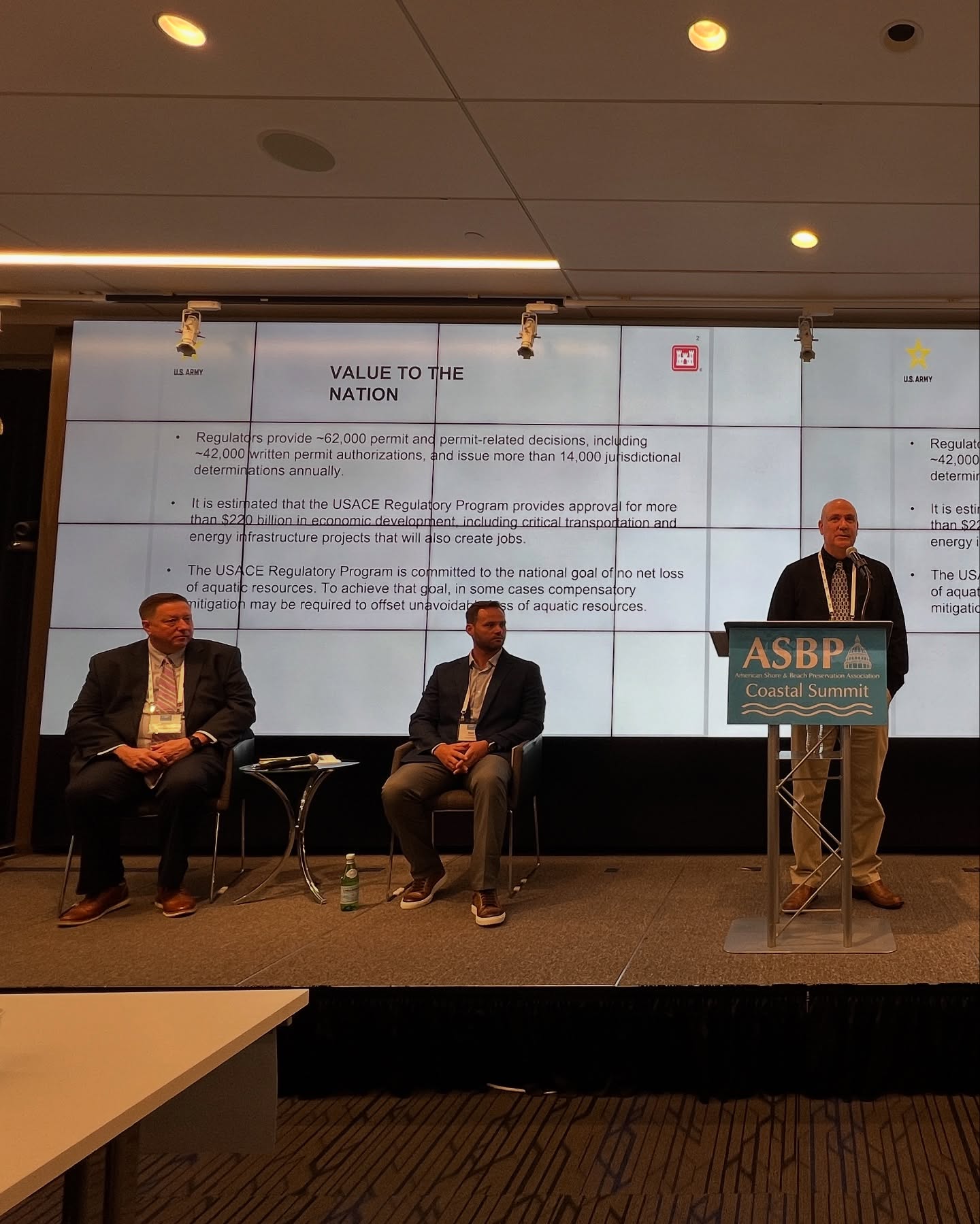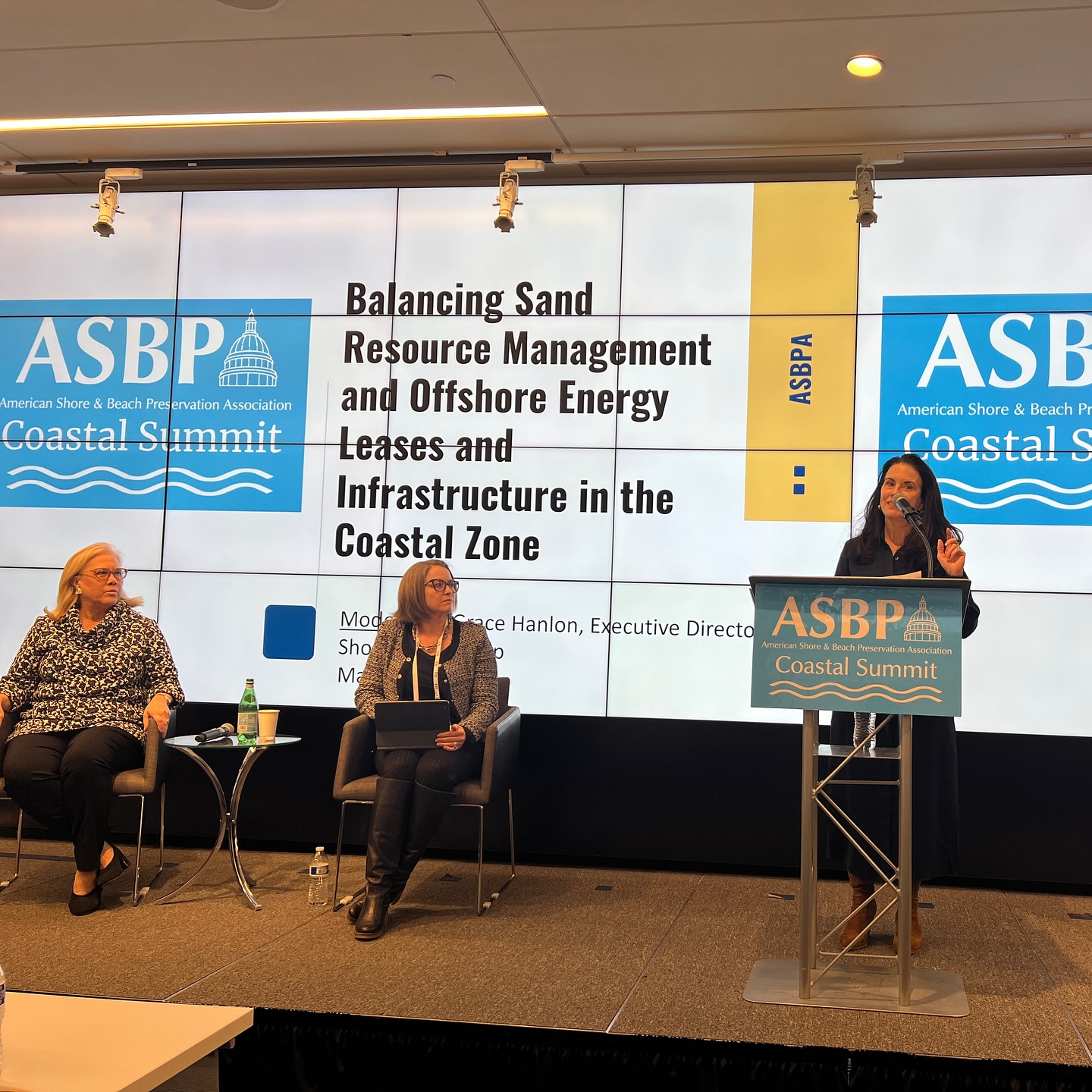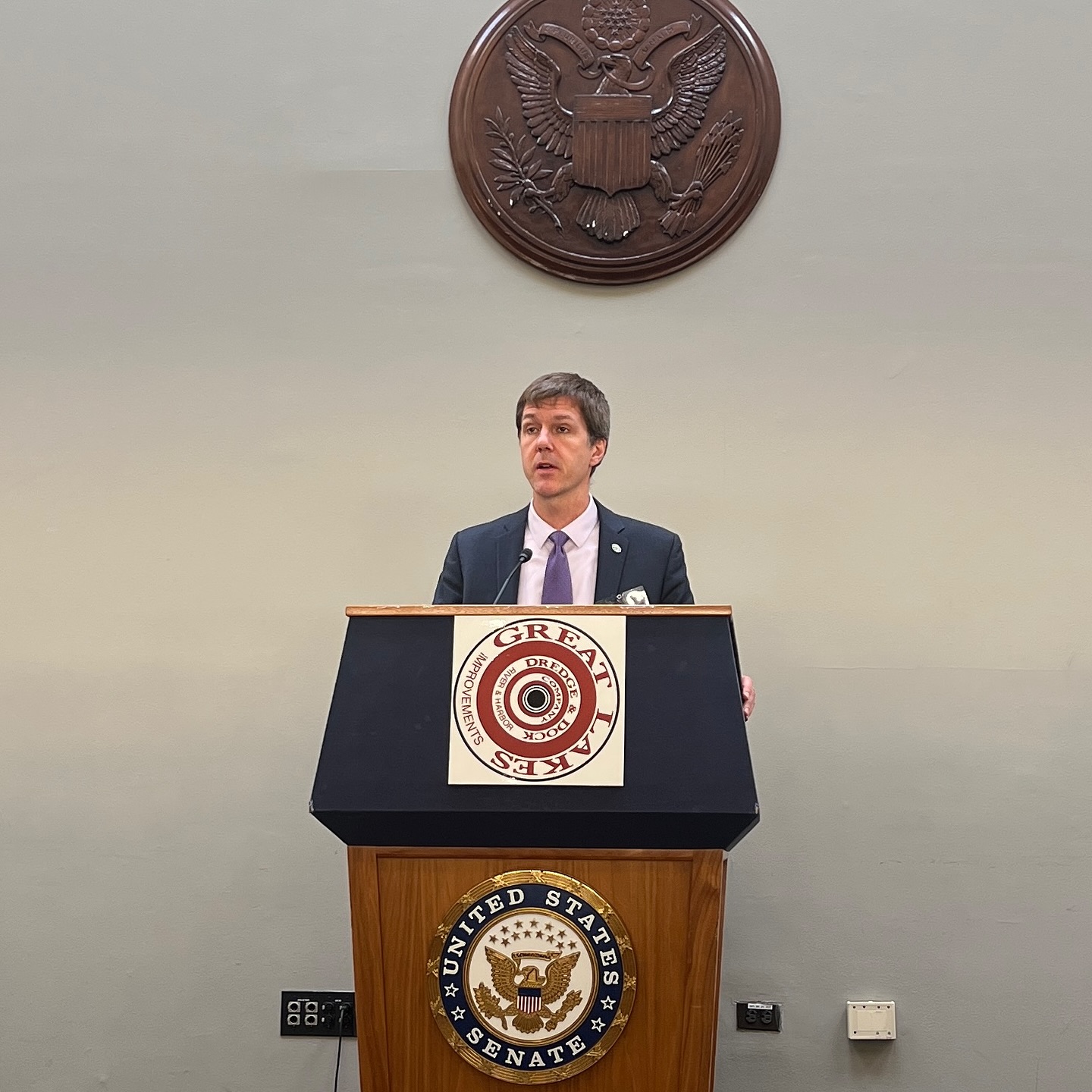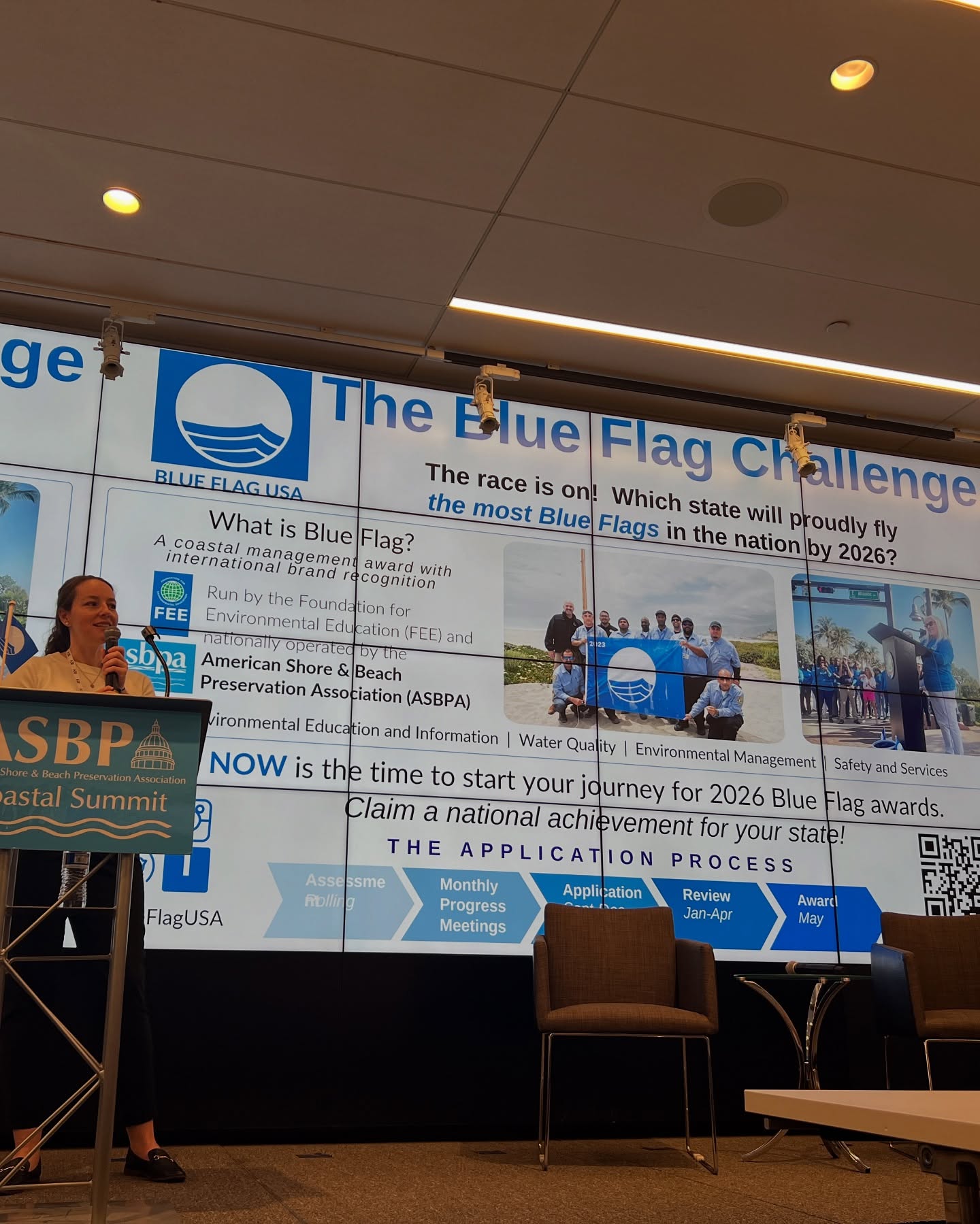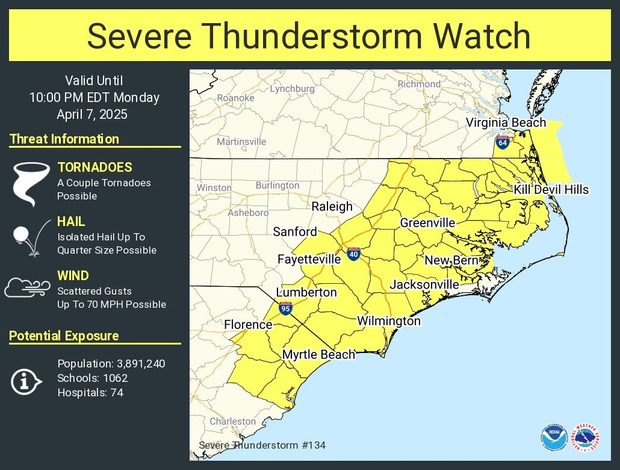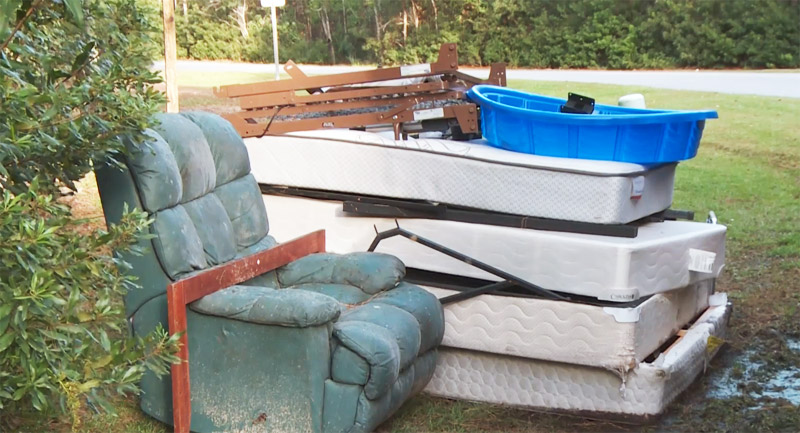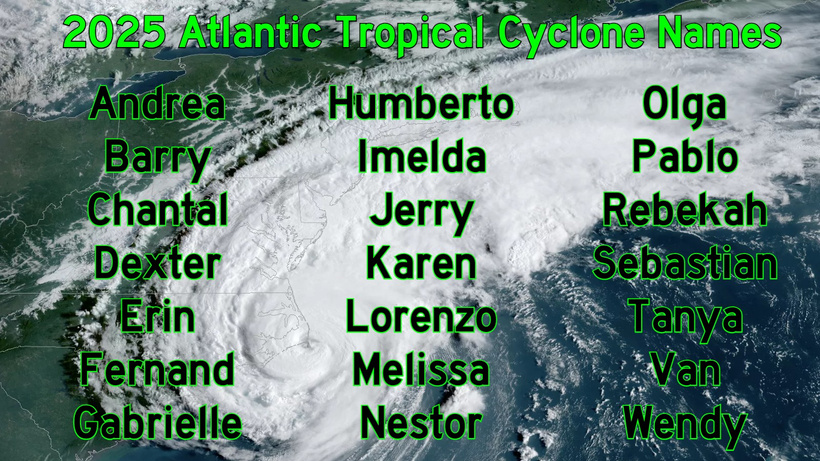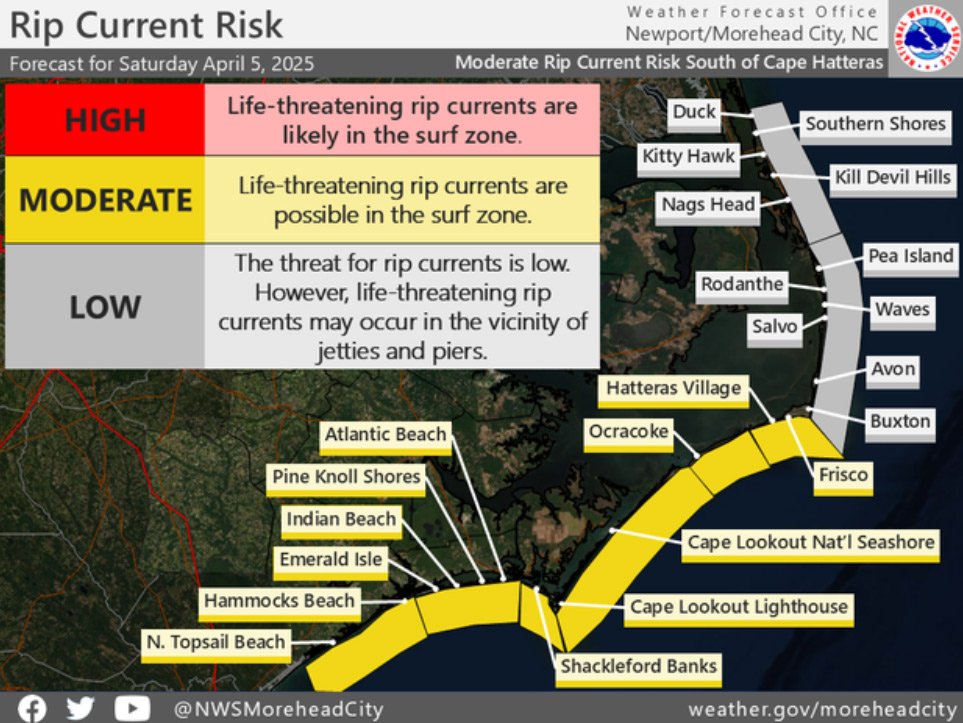Updates on the at-risk oceanfront homes in Rodanthe are the focus of public meeting
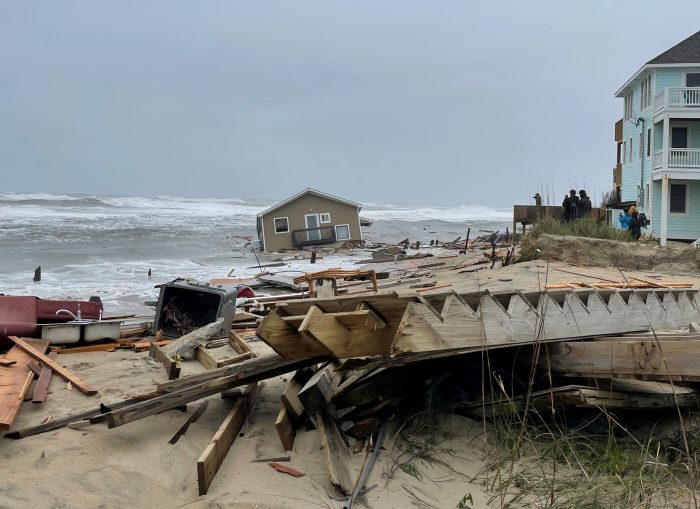
National Parks of Eastern N.C. Superintendent David Hallac provided updates on the problematic and endangered oceanfront homes in Rodanthe at a well-attended public meeting at the Rodanthe-Waves-Salvo Community Building on Wednesday night, August 24.
In the past two years, four homes along a severely eroded stretch of shoreline in Rodanthe have collapsed into the ocean, creating a debris field that spanned for 15 miles or more. One home, built in 1977, collapsed in 2020, while three additional homes collapsed in the first five months of 2022. A 1980 house fell into the ocean in February, while two more 1980s-era homes collapsed within hours on May 10 during a nor’easter.
At a similar March public meeting, (held after the first 2022 home collapse in February), Hallac noted that there were – at the time – 11 other properties in the area that were in danger, and said that the National Park Service and Dare County had been in contact with the homeowners to encourage them to initiate a plan to move or remove their homes before they fell into the ocean.
“We came here and talked in March, and in March, we just had one home [that had] collapsed,” said Hallac. “We knew that others were going to collapse, so we [started urging] homeowners to do something about this problem.”
“We were in touch with these homeowners well before these homes collapsed,” added Hallac. “We were advised by the Dare County Building Inspector that collapse was imminent, and we urged the homeowners to do something to stabilize or remove the homes in advance. They were not able to do so, and as you can tell, [two more homes collapsed in May.]”
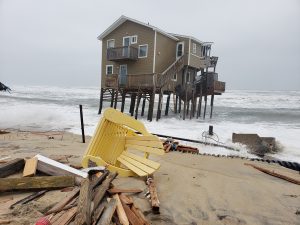
“But the other thing we did… was get a permit in place for their contractor to clean up the beach immediately following the collapse. We didn’t want any regulatory issues associated in the permitting process holding anything up.”
Nevertheless, the two May home collapses led to excessive debris and international media attention, due to a viral video taken of the second home collapse as it was occurring, which was seen more than 20 million times on social media.
“I’m not sure we ever saw this many requests for interviews,” said Hallac. “From every news outlet, from The New York Times to The Washington Post, to Fox News, The Weather Channel – you name it, they were calling us wanting to know more about this story.”
“Generally speaking, the media really picked up on this, and the reason they picked up on it was because it was an environmental disaster that is actually still ongoing at the Seashore.”
Following the May home collapses, Hallac stated at Wednesday’s meeting that there was progress on some of the other properties in danger.
“Since then, two homeowners have moved their homes, and four other homeowners are working with [the Cape Hatteras National Seashore] right now to secure a permit to facilitate moving their homes either back on their lots, or to new lots,” said Hallac. “This is amazing progress for the community to have, because in a short period of time, up to six homes will have moved to prevent future problems.”
Hallac also stated that since the May collapses, the National Park Service had coordinated with the county and the state to communicate with 24 homeowners to formulate a plan. A number of beach cleanups have also been launched in the past several months, and meetings and other communications have been facilitated to keep ongoing updates in the public eye.
Still, it was clear at the meeting that the problem was not going to go away anytime soon. Hallac noted that the National Seashore was eroding at roughly 10-15 feet per year, “and while that might not seem like much, slowly over time and over the years, that adds up to a lot of beach that erodes into the Atlantic Ocean.”
Hallac also touched on the lingering and still-present issue of debris that remains from the home collapses, months after they occurred. There are small bits of tar paper as big as fingernails all along the shoreline, thousands of pieces of carpet padding, sheetrock remnants, fabric from pillows and mattresses, and more minute reminders of the 2022 collapses.

“One of the questions that comes to us is ‘Why are there so many things all over the beach?’” said Hallac, while showing a photo of the May debris that included miscellaneous household items, like a toilet plunger. “In this case, this homeowner was well aware that the house was about to collapse for many, many months before it happened. At least that’s the way it was articulated to us, and they made a conscious decision to leave all of the contents in the house. And exactly why that happened, I don’t know.”
As a silver lining, Hallac stated that the National Park Service had purchased a new raking machine that targets the top layers of sand to remove the hidden and tiny piles of debris that still remains on the shoreline.
“It will take weeks, but we’re hoping that we can use this to sift the sand from your National Seashore, and remove all this tar paper and other debris that should not be there.”
And while the cause of the debris was obviously tied to the homes that fell into the ocean, Hallac pointed out that the issue wasn’t because of new development, or in many cases, a lack of concern on the homeowners’ part – especially when it came to the six homeowners who are currently and actively looking to move their properties out of the ocean’s way.
“We thank those homeowners for working so hard. It is not easy, and it is not cheap, to find a lot, to jack the house up, to move it with new pilings, and to reconnect it to utilities. We’ve had some really great success here.”
“I just want to be clear, none of the owners of these homes wished this situation would happen, or built their home – all of a sudden – on a National Seashore. This is something that is just happening due to natural erosion.”
Following the presentation, Hallac fielded questions from meeting attendees which focused on a range of topics, and especially a potential beach nourishment project for Rodanthe.
The NPS adopted a new Sediment Management Framework in May of 2021, which makes it easier and faster to issue permits for projects such as beach nourishment, but as County Manager Robert Outten explained at the March public meeting, the issue with starting a Rodanthe beach nourishment project is funding, and identifying an emergency need to widen the shoreline.
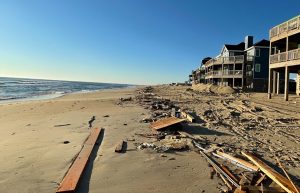
A beach nourishment project can only move forward if it is demonstrably shown that the eroding shoreline is creating a community-wide safety issue. For example, when Hurricane Irene impacted northern Hatteras Island in 2011, the highway was torn to shreds, and the only access on or off the island was via an emergency ferry from Rodanthe to Stumpy Point. With the Jug Handle Bridge now open, bypassing N.C. Highway 12 in northern Rodanthe, beach nourishment may not be necessary in Rodanthe to keep the island accessible.
As for funding, communities that benefit from a beach nourishment project, (which costs roughly $10 million for every mile of shoreline), typically pay about 50% of the total cost of the project. For the recent Avon beach nourishment project, a new tax service district was formed, increasing taxes for roughly 3,700 Avon property owners. For a small area like northern Rodanthe, where few property owners are directly impacted, the taxpayer cost would likely be prohibitively high.
Questions were also raised about what could be done to prevent future home collapses and similar debris fields, such as soliciting FEMA for assistance, looking into criminal charges for homeowners who do not take action, or installing jetties, (which are not permitted and could increase erosion in neighboring areas.)
“There is no silver bullet to these problems,” said Hallac. “We have to recognize that some of these oceanfront developments are going to be very hard to keep long term.”
“So, we’ll do our best and try to plan for it, which might include some short-term solutions like beach nourishment, but long term, I think Mother Nature is going to [dictate what happens.] It’s a tough situation.”











